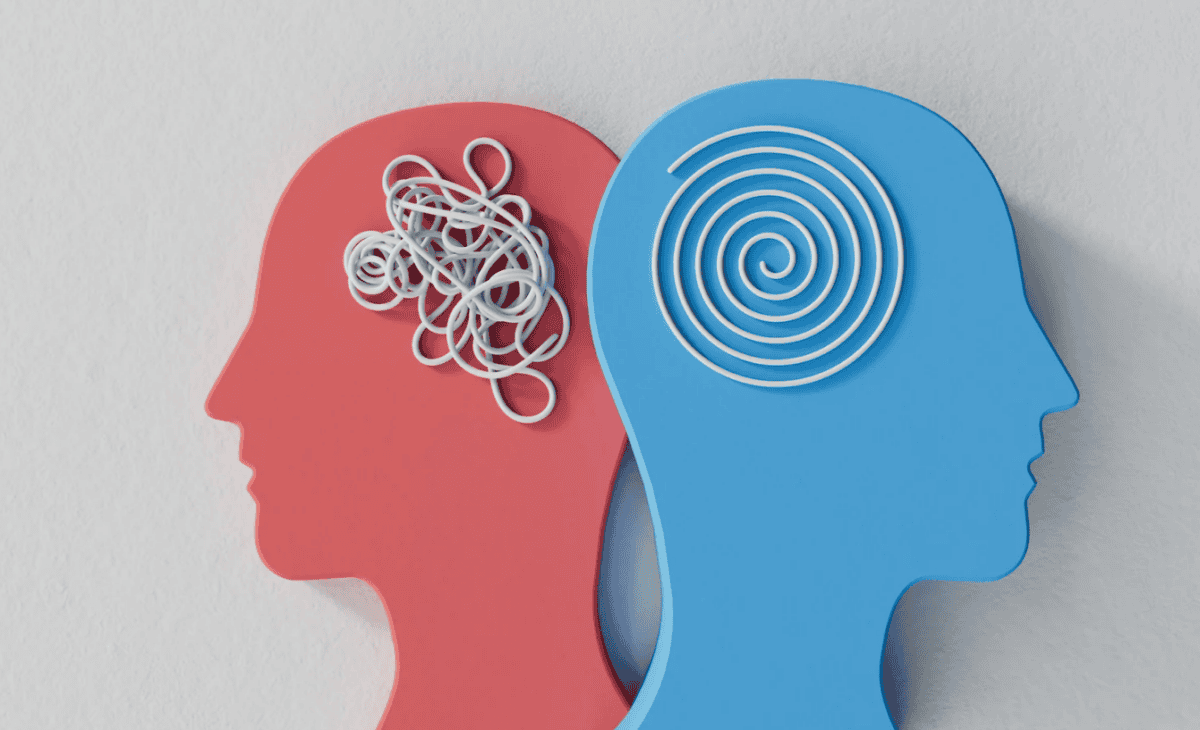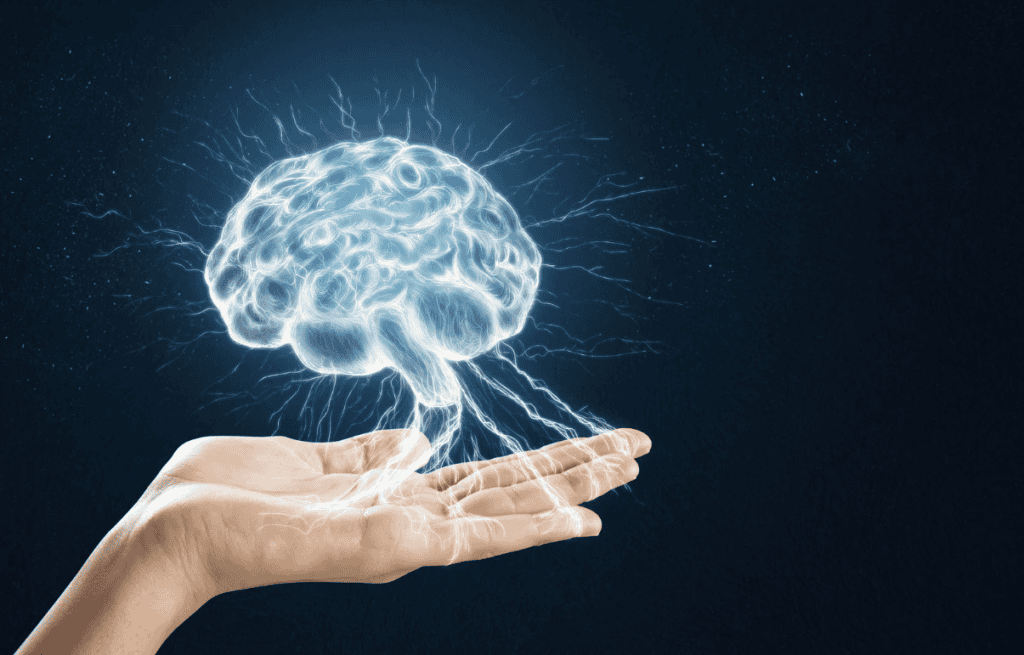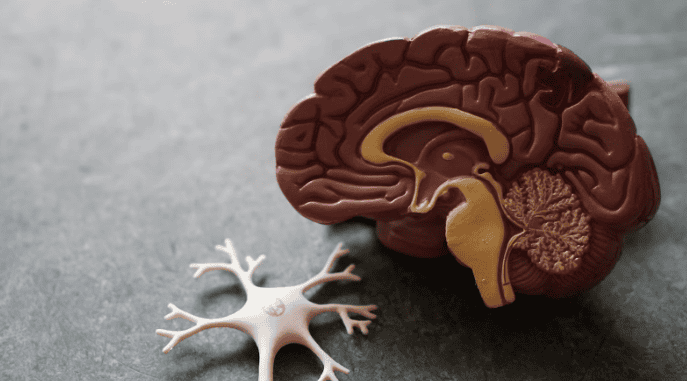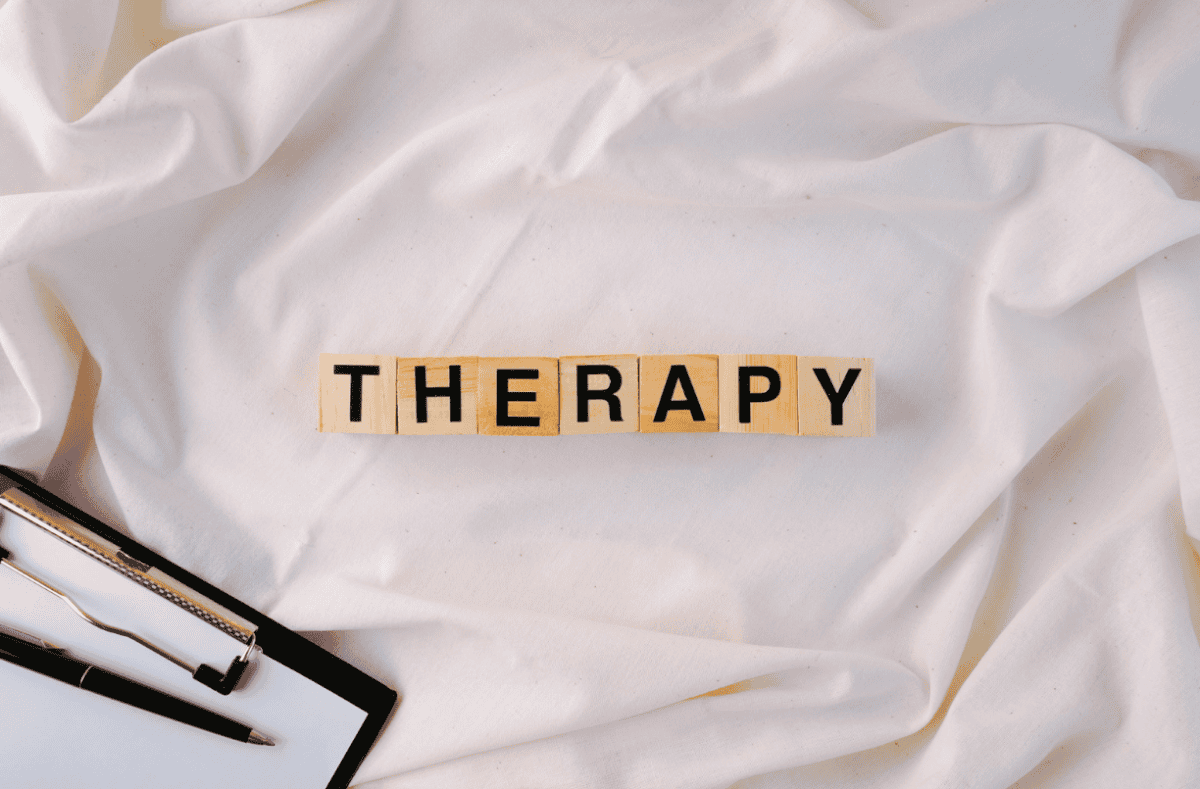Beginning the journey to recovery is a brave decision, but staying motivated throughout the process can be challenging. Recovery isn’t a linear path—setbacks, emotional turbulence, and moments of self-doubt are all part of the experience.
However, the key to lasting recovery lies in consistency and resilience, even when motivation wanes. By setting achievable goals, utilizing support systems, and effectively managing potential triggers, individuals can better navigate the ups and downs of recovery.
While these strategies are powerful, maintaining motivation also requires a deep understanding of personal values, emotional drivers, and external influences.
Motivation can fluctuate, making it essential to develop a toolbox of coping strategies and support mechanisms. Furthermore, acknowledging the significance of community—whether through family, friends, or sober networks—can provide the encouragement needed to stay on track.
This article explores proven methods for sustaining motivation, emphasizing the importance of intrinsic drive and highlighting the role of external support systems.
By understanding the dynamics of personal motivation and implementing strategic approaches, individuals can build a solid foundation for long-term recovery.

The Ins and Outs of Personal Motivation in Recovery
As you progress through the path of recovery, your personal motivation plays a pivotal role, serving as a guiding force towards achieving your goals and maintaining long-term sobriety.
The sources of motivation can vary amongst individuals and are typically a combination of internal factors such as health considerations, personal growth, and self-esteem, along with external influences like family involvement, social responsibilities, and community expectations.
Recognizing and harnessing these motivational drivers can significantly impact your recovery journey.
It’s notable that intrinsic motivation, aligned with personal values and a genuine desire for positive change, tends to have more fruitful results in addiction treatment compared to external pressures.
Therefore, maintaining dedication and dealing with any hesitation is crucial to prevent potential obstacles. Developing resilience and cultivating a positive mindset can also enhance your capacity to stay motivated during challenging times.
Furthermore, the significance of a support network—comprising friends, family, and sober communities—can’t be understated. This network offers more than just moral support; it provides valuable shared experiences, encouragement, and accountability, all of which can enhance your determination to persist through the recovery journey.
Engaging in group therapy or peer support groups can also foster a sense of belonging, reducing feelings of isolation and strengthening your commitment to recovery.
Identifying and Overcoming Challenges to Recovery Motivation
The path to sobriety often presents numerous challenges that must be faced with resilience and determination. For instance, unresolved anger may interfere with the recovery process, whereas unrealistic expectations can weaken motivation.
A high level of self-awareness may help prevent memory lapses, which can sometimes create a misguided perception of control over one’s addiction.
It’s beneficial to avoid glorifying any past drug use, while proactively nurturing healthy relationships contributes to maintaining commitment to sobriety. Understanding that recovery is a gradual process requiring patience can also be helpful.
Moreover, addressing emotional challenges is crucial since they may potentially lead to setbacks in progress. During such times, seeking support from professionals at treatment centers like Northwoods Haven can provide the structure and community needed to maintain motivation.
Overcoming these difficulties can significantly contribute to the success of one’s recovery journey.
Effective Strategies to Sustain Motivation in Recovery
Maintaining motivation during recovery often involves participation in service activities within sober communities, as this can construct a supportive network that aids in enhancing the recovery process.
It’s beneficial to set achievable expectations and view minor successes as progress. Developing regular, healthy routines is another strategy that may foster motivation and help one navigate challenges.
Additionally, the assistance from a support group can be valuable during difficult periods. Marking milestones may increase one’s sense of determination, transforming regret into a feeling of gratitude.
Formulating coping strategies can help handle daily stressors, thereby strengthening one’s commitment to recovery.
It’s key to remember that sustaining motivation in recovery is a gradual process, requiring steady effort over a period of time.

The Intersection of Relapse, Mental Health, and Motivation
Handling recovery can certainly be a challenging process. However, a deeper understanding of the intersecting factors of relapse, mental health, and motivation can offer important perspectives.
Personal hurdles and emotional difficulties may play a significant role in relapse rates, which research has shown to be about 40-60%. The occurrence of these relapses can be perceived as learning points, contributing to motivation for recovery.
Mental health issues such as depression can lead to addiction or may arise during withdrawal, highlighting the importance of comprehensive treatment.
If you’re facing emotional struggles that affect your sobriety, getting help for depression during recovery can be a crucial step in maintaining motivation and preventing relapse.
Identifying potential triggers, strengthening coping strategies, and maintaining a positive mindset can prove beneficial. It’s important to remember that there are support groups available, providing experiences and support from others who are on a similar journey.
Using Recovery Support Resources to Boost Motivation
The process of recovery can be facilitated by the strategic employment of various recovery support resources, which can also help to sustain motivation.
Family involvement can offer emotional support and can positively influence recovery outcomes.
Consider medication-assisted treatment programs as they’ve potential to help manage your condition and consistently maintain your motivation for recovery.
Mental health shouldn’t be neglected as it’s an integral part of the recovery process and can affect overall outcomes.
Knowledge about substance abuse and mental health issues can help navigate difficulties encountered during recovery.
Continual support is crucial, as finding the appropriate resources can assist in maintaining motivation throughout the journey.
Conclusion
Maintaining motivation during a recovery process can indeed be a complex task, yet it’s crucial to remember you are not alone. It’s beneficial to set achievable goals and mark each milestone.
Engage with your support network for help and encouragement. Addressing emotional challenges, recognizing triggers, and adhering to your core principles also play key roles in the process. Utilize all accessible resources to aid in your recovery.
The importance of concentration, resilience, and gradual progress cannot be overstated. Lastly, keep in mind that sustained motivation can contribute significantly to overcoming dependency issues.





























